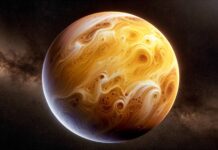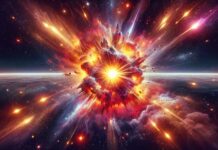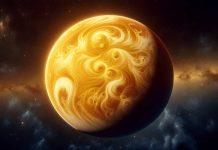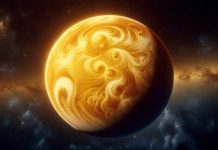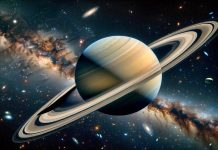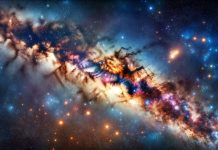Milky way is presented today in a stunning video that shows us how it is going to destroy another galaxy that is in its immediate vicinity, something that of course will have a major impact on Earth. More precisely, in the video clip above we see a simulation made for the process by which the Milky Way and the Andromeda galaxy will approach, and then collide, so that ours will destroy the other, and include all its stars and planets.
Milky way it has devoured several galaxies so far to reach the dimensions it has, and this process will continue with Andromeda, but everything will last approximately 4 billion years, and it is not known if humanity will still exist then. At the center of the collision will be the two supermassive black holes that both the Milky Way and Andromeda have, which will combine to form one that will have even larger dimensions.
Milky Way: AMAZING VIDEO, how to DESTROY another Galaxy
Milky way it will finish devouring the Andromeda galaxy 6 years after the start of the process, and the black holes will combine about 17 million years later. All this time, both the Milky Way and Andromeda will have the stars and planets inside them shaken very seriously by the gravitational waves emitted during this long process, an extremely important one for the way the two galaxies will combine.
Milky way you will come out "victorious" in this collision, Andromeda heading towards it at a speed of 116 million kilometers per second, but it will be completely "swallowed" in the whole process. Other galaxies smaller than the Milky Way had a similar fate, and that's how our galaxy ended up being so big as a result of these collisions, and of course, in many more billions of years, other similar collisions with other galaxies will follow.
Milky way it could also be destroyed by another larger galaxy, but so far no one has been able to detect any possible other galaxy that would follow a similar trajectory.


